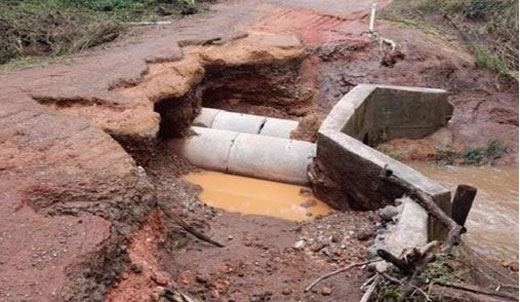Long work hours and job insecurity are driving suicidal thoughts and distress among some Australian construction workers who are experiencing significant pressure from the industry’s demands.
The strain of working in a sector that by nature is often transient, requires hard physical labour and assumes self-reliance and risk-taking attitudes, is pushing some workers to unendurable distress.
These factors are contributing to the 190 cases of suicide within the Australian construction industry every year, equating to one worker taking their life every second day.
A , in collaboration with mental health charity , explored the drivers and experiences of suicidal thoughts and psychological distress of industry workers.
The research team also reviewed coping strategies that workers have adopted during challenging times, as well as what the industry can do to lower the risk of losing more of its workers.
A group of construction industry workers employed in a variety of roles were interviewed about their personal experiences with suicidal thoughts while employed in the sector, or their experience supporting a workmate with suicidal thoughts.
UniSA PhD candidate Simon Tyler from the says eight themes relating to what may drive suicidal thoughts and distress were identified.
“These included challenges directly related to working within the industry, such as working long hours and the stress and isolation that comes from workplace transience and job insecurity, which are common issues in the sector,” he says.
“The people who discussed these issues saw them as increasing in intensity in recent times and said they played a significant part in experiences of suicidal thoughts and distress.”
Other themes driving suicidal thoughts and distress related to personal issues, such as relationship and family concerns, social disconnection, personal financial hardship, perceived lack of support, alcohol and drug use, child custody/access and legal issues, mental health challenges, trauma, or a significant adverse life event.
Many participants also highlighted the stigma around mental health and suicide among workmates that limits them reaching out for help.
“I think it’s just the stigma,” says one participant. “If you have a broken arm people can see and touch and feel it … but mental health. You cannot touch it and feel it and it’s not accepted.”
Other participants discussed thoughts of feeling trapped and overwhelmed.
“… to get me away from that situation, I was either going to take my life or I was going to quit,” one participant says.
“… you feel like you are suffocating. Like, you know, how the f*** am I going to get out of all this?” says another.
Tyler says for the construction industry, suicide is a significant concern.
“It’s a confronting reality – that one worker every second day is taking their own lives,” he says.
“The nature of the construction industry can be challenging with workplace drivers such as employment uncertainty, as well as industry cultures that encourage self-reliance attitudes and behaviours, but it’s also a sector that is determined to change and help better the lives of the people it employs.”
MATES in Construction is an organisation dedicated to creating this change.
With an aim to reduce the high number of suicides in the industry and raise awareness and peer support skills among workers, MATES delivers prevention and mental health programs to the building, mining, energy and construction sectors.
Since its programs were introduced, the organisation has trained more than 237,000 industry workers and estimates the suicide risk in the industry has dopped by about 8%.
MATES SA CEO Alan Suridge says participants had identified what helped them personally or had helped others who were experiencing challenges with mental health and suicidal thoughts.
“Mates in Construction is a three-tiered awareness program that teaches workers how to recognise when a mate is struggling and where to go for help,” he says.
“We then provide free counselling and support services to workers in need. Research such as this enables us to educate workers on signs to look for and how to respond appropriately, creating a safer, more caring workplace community.”








